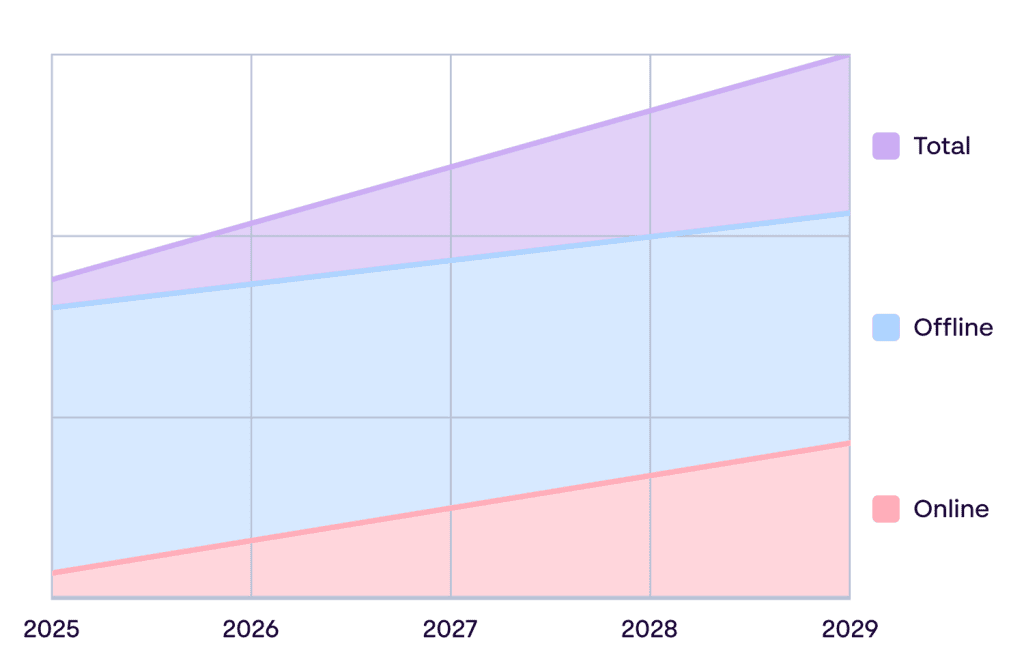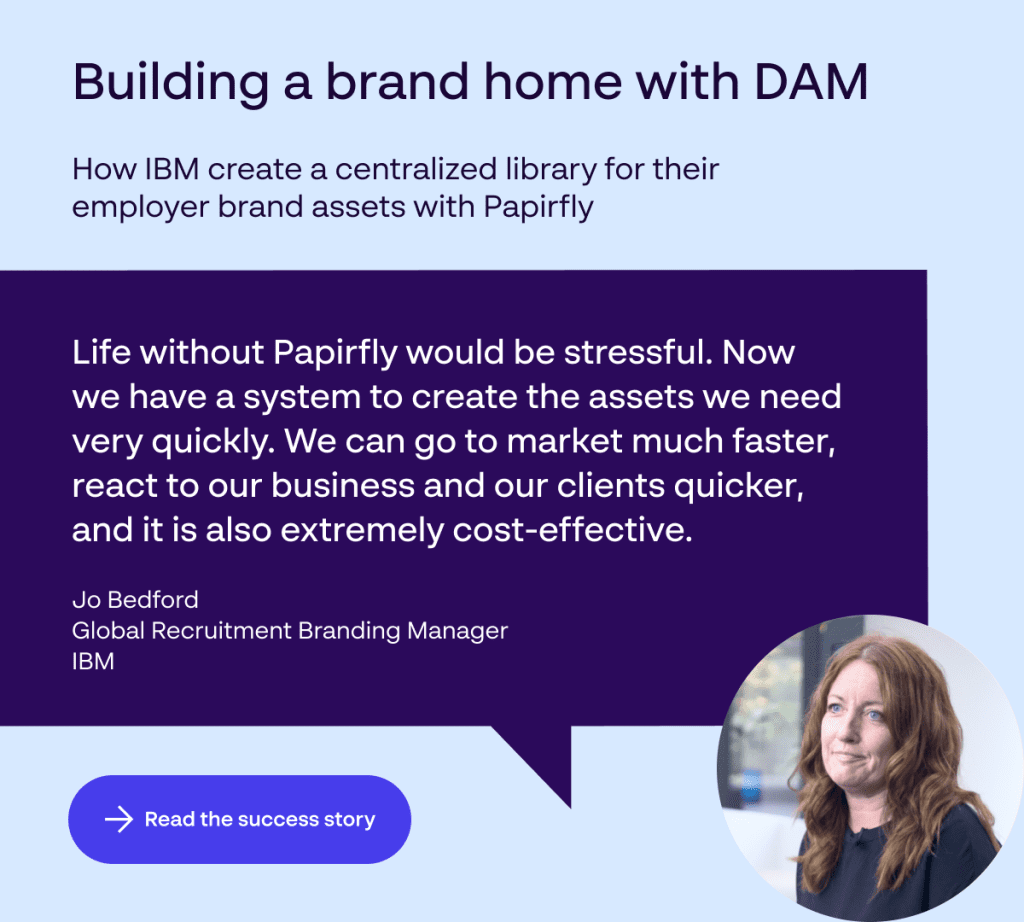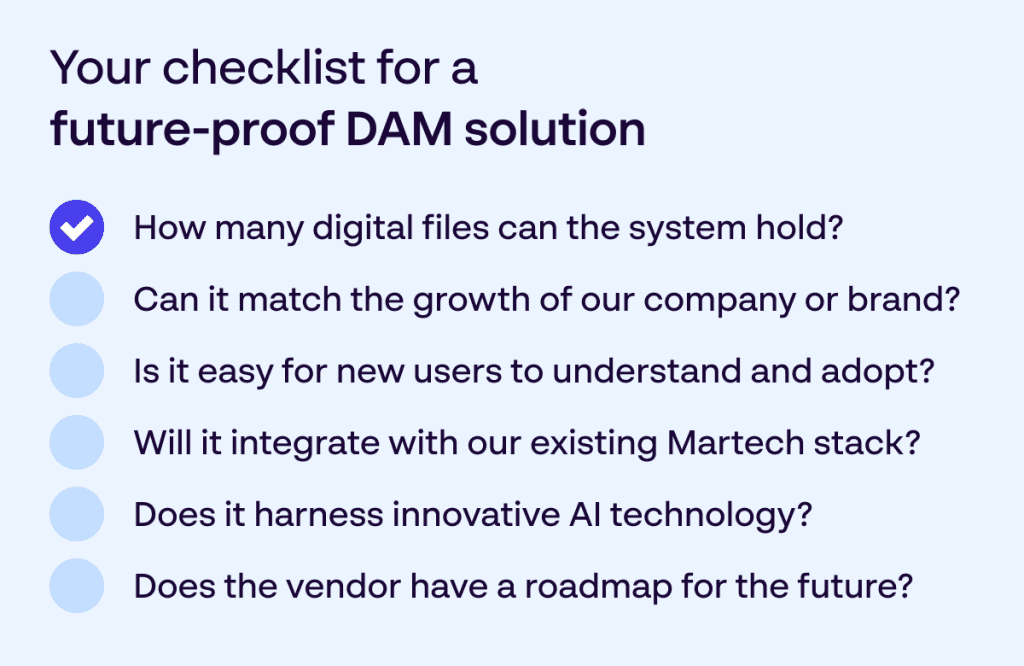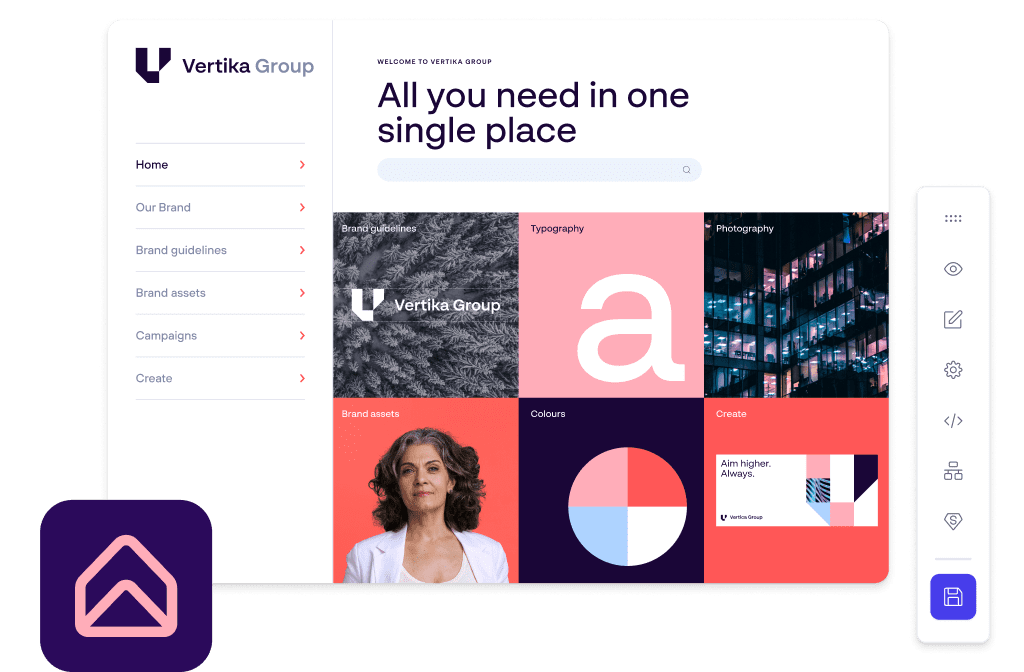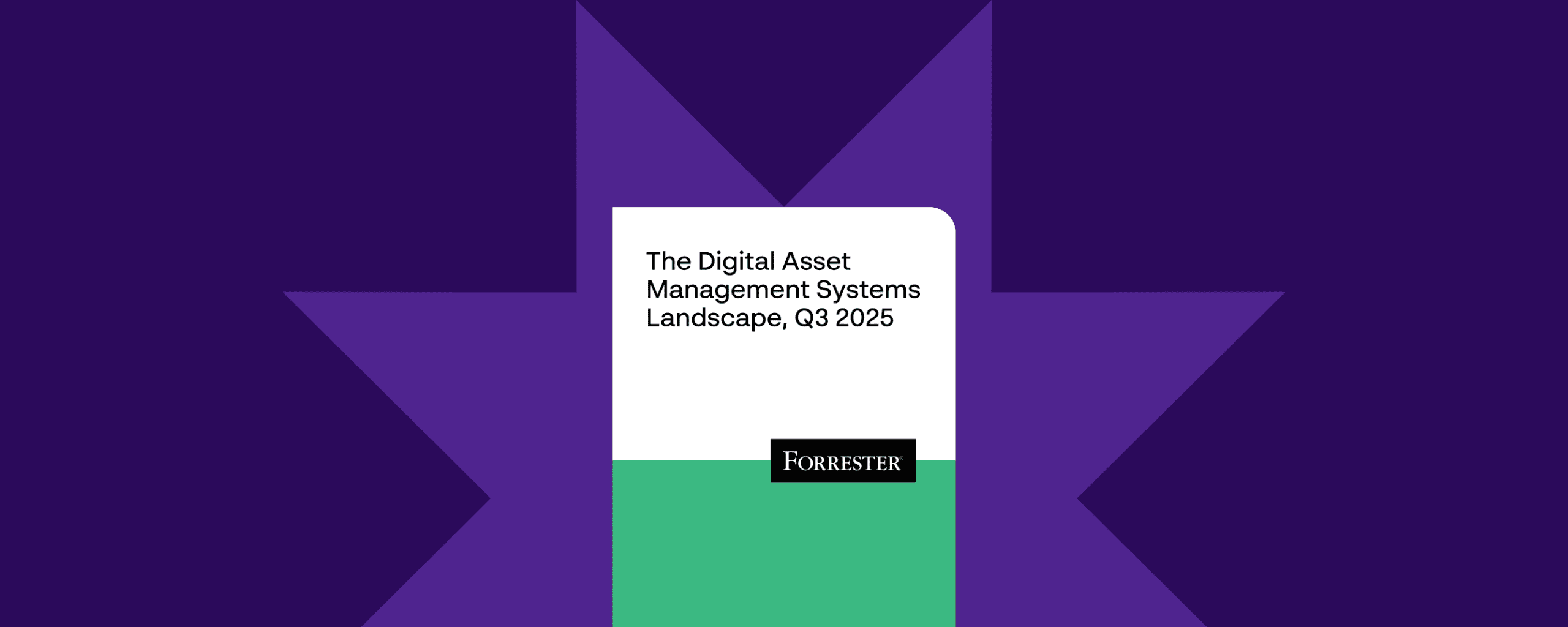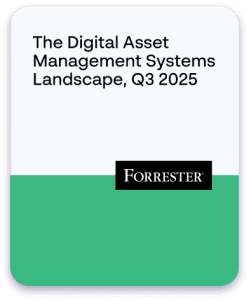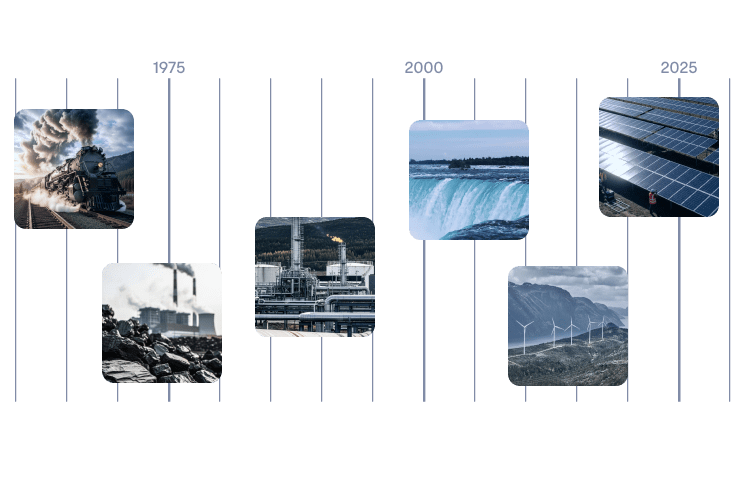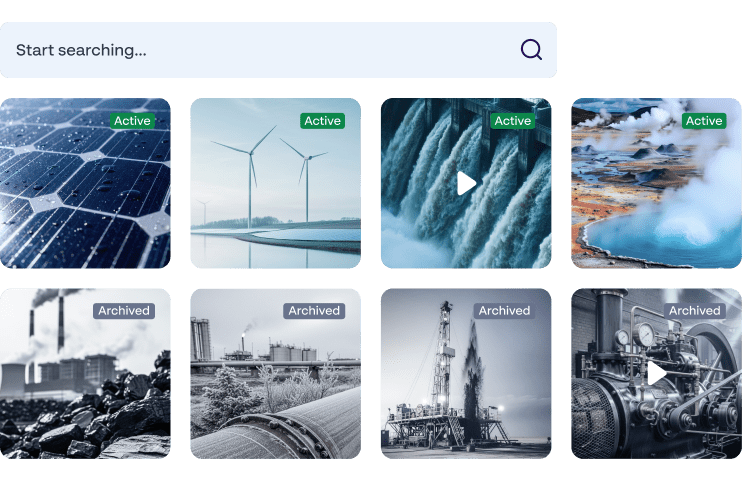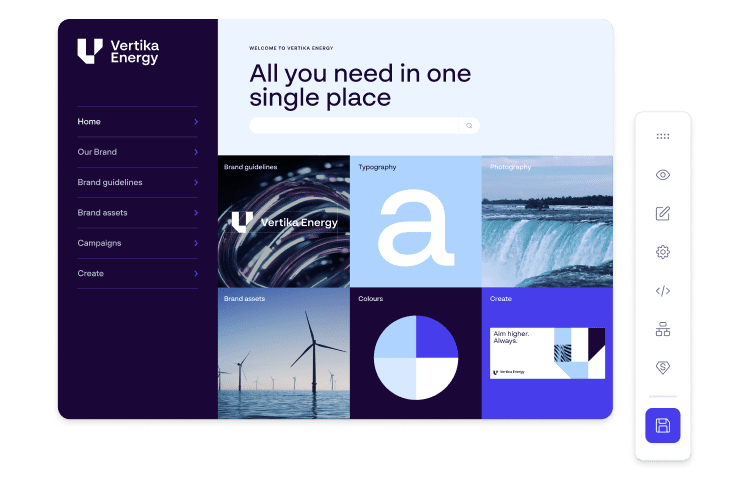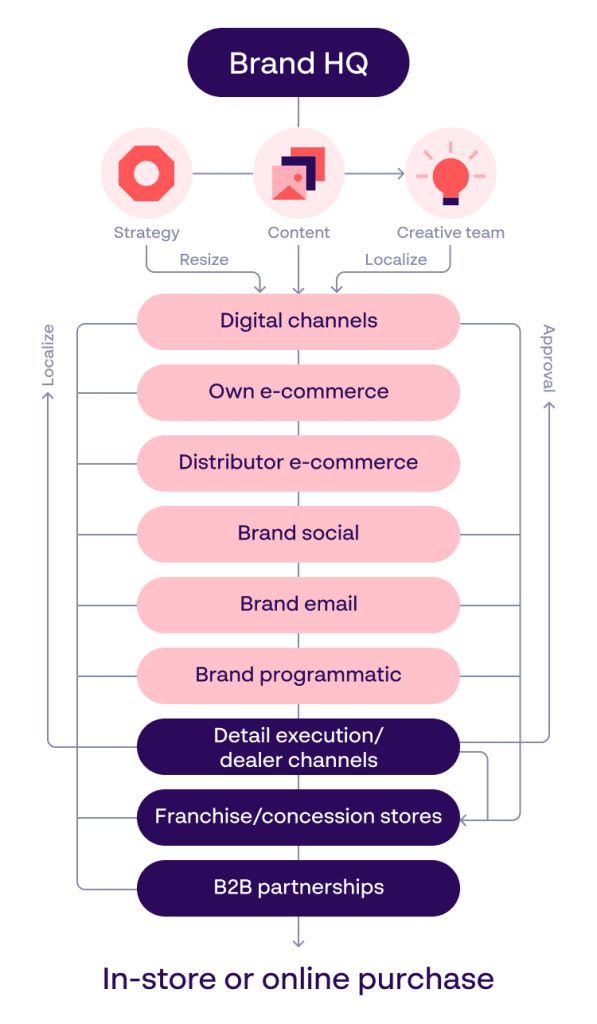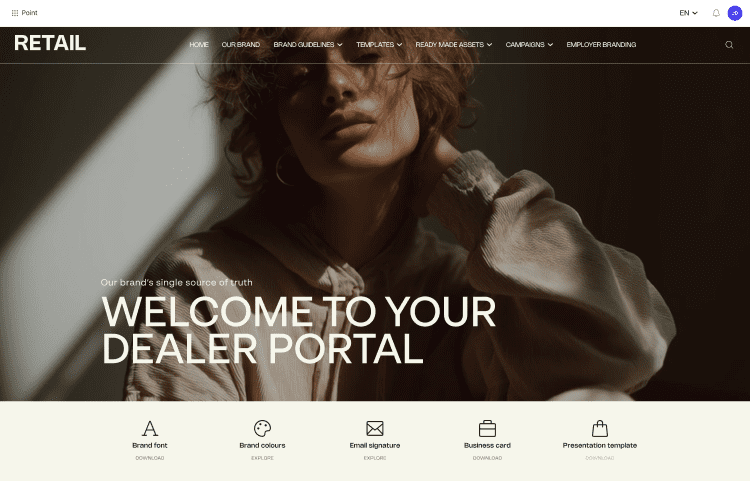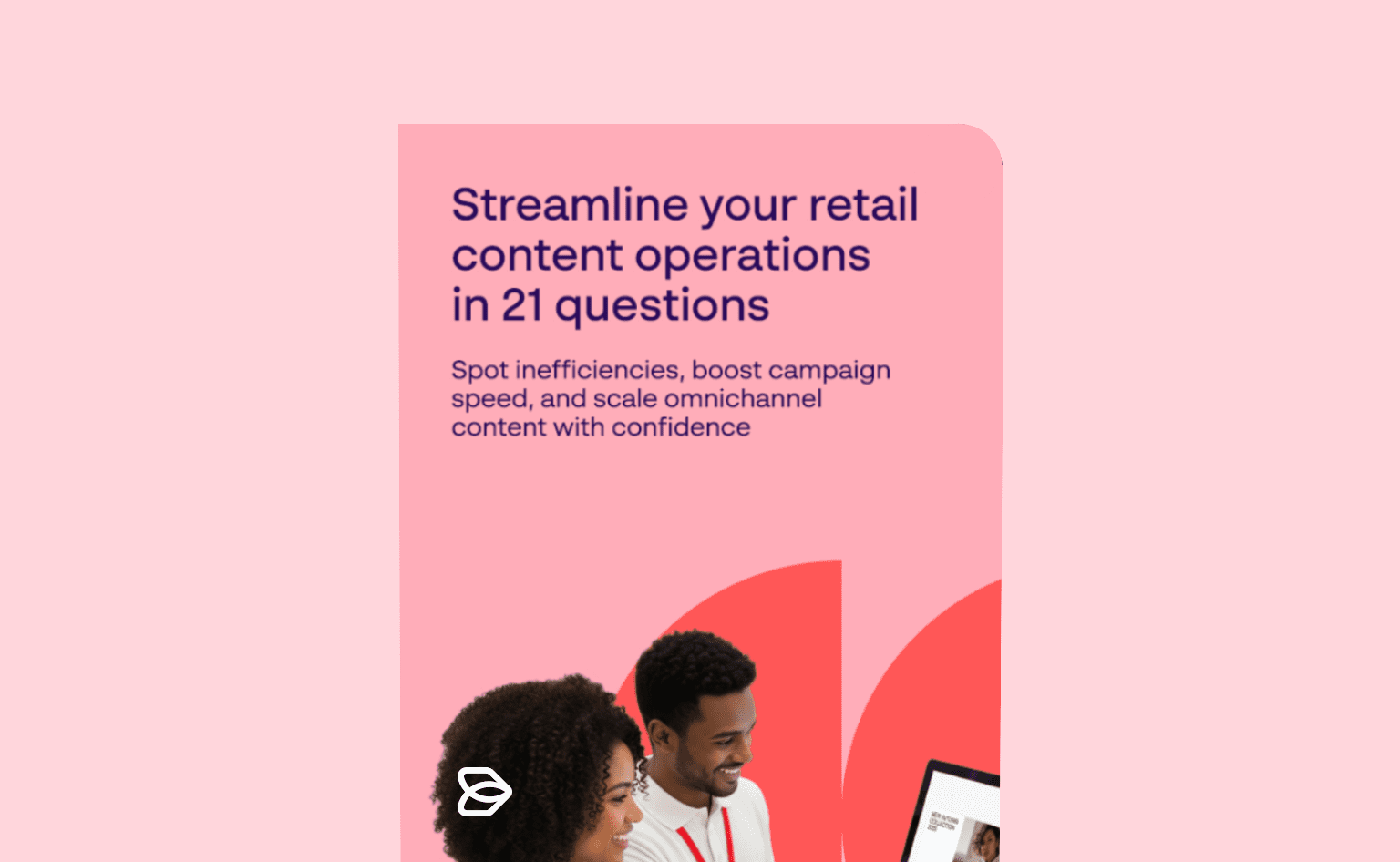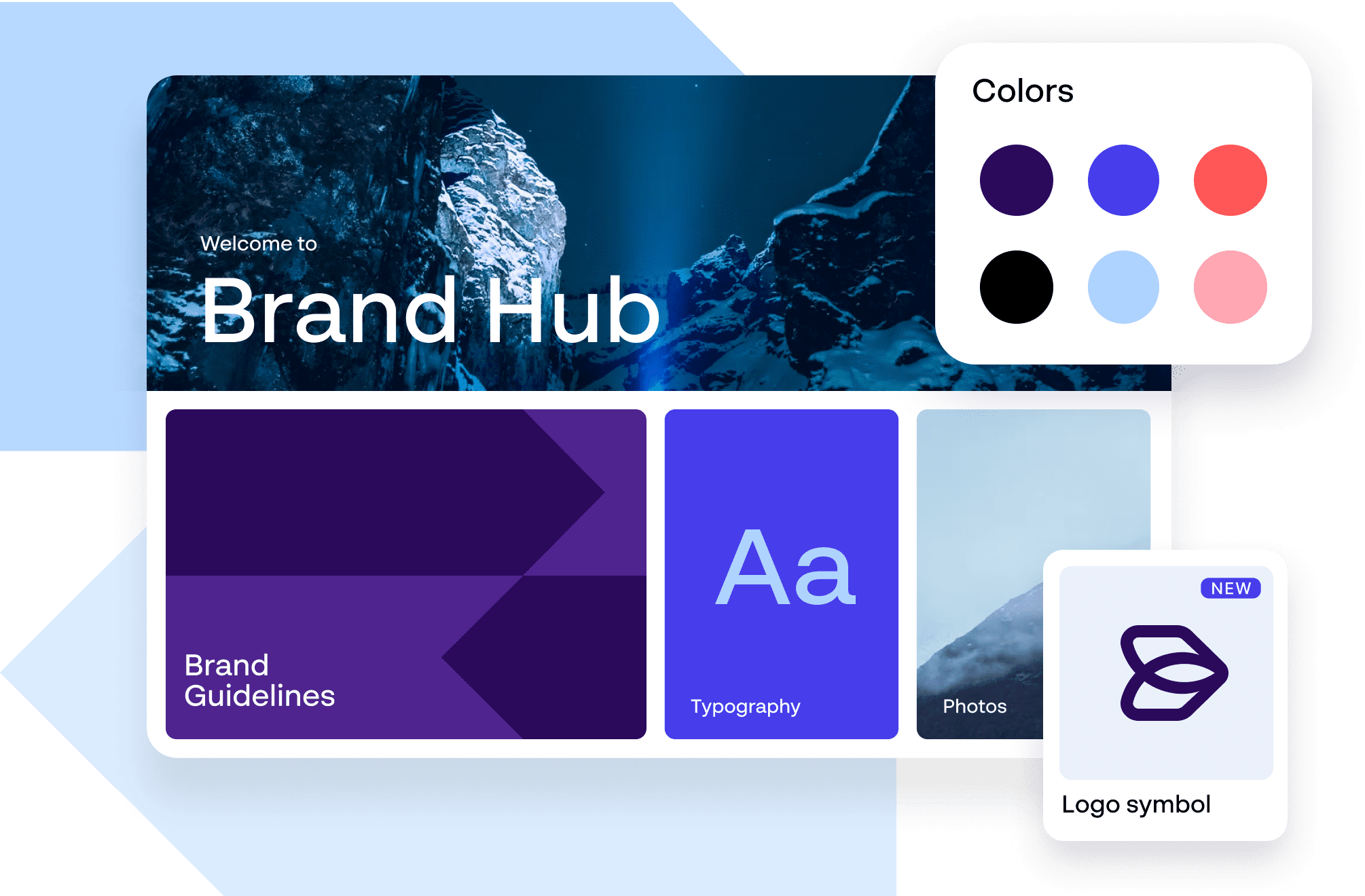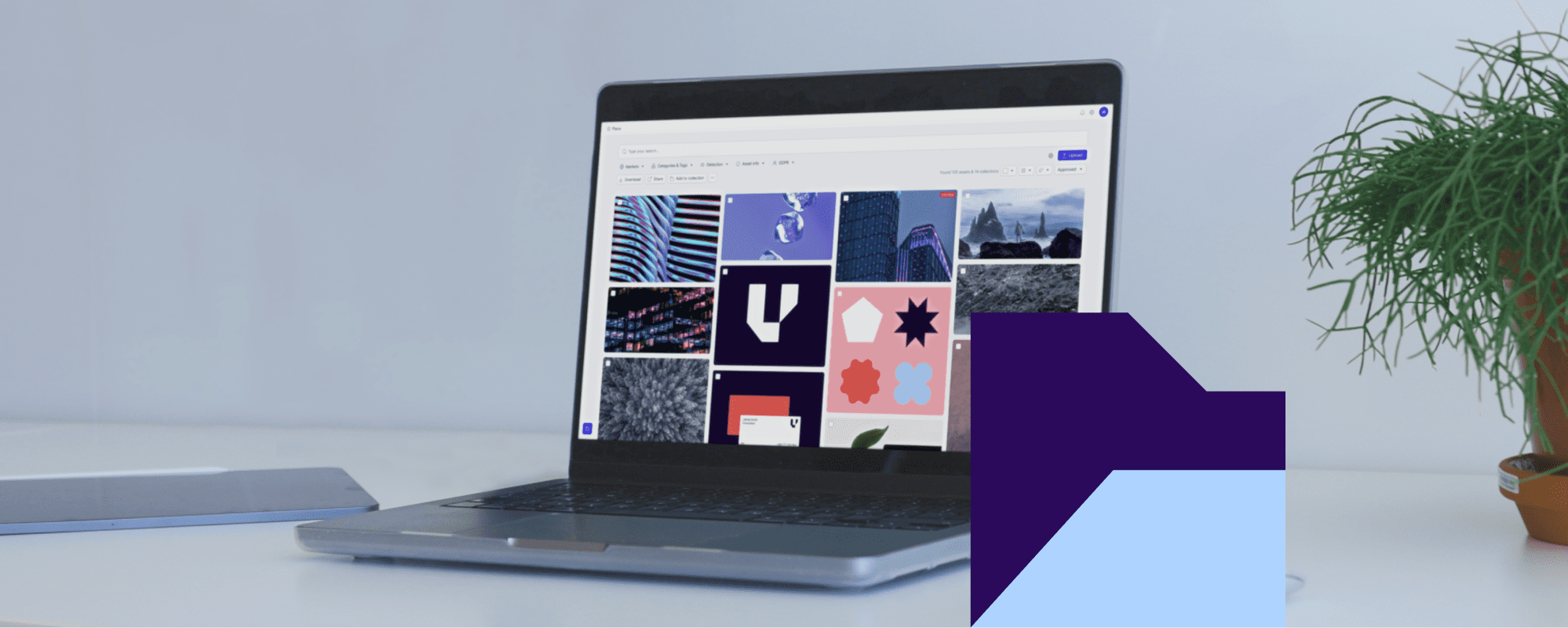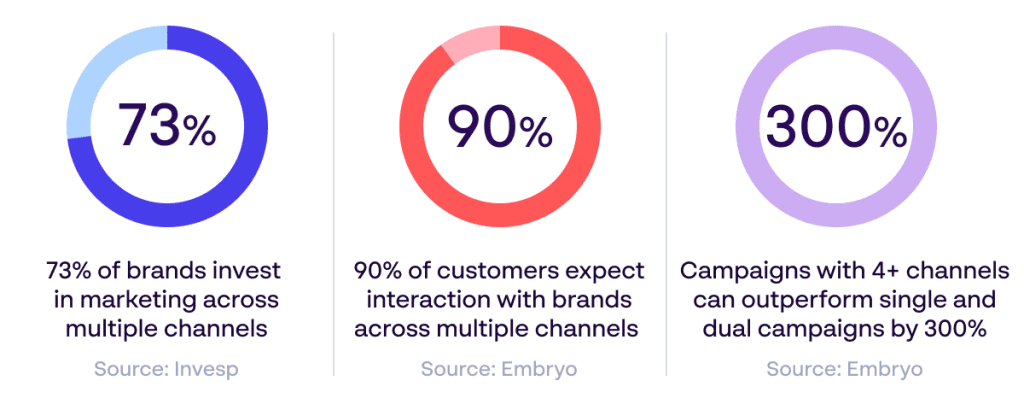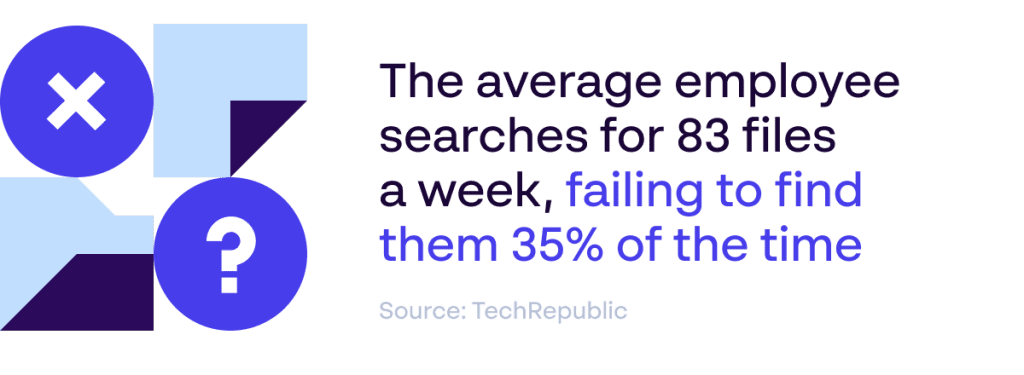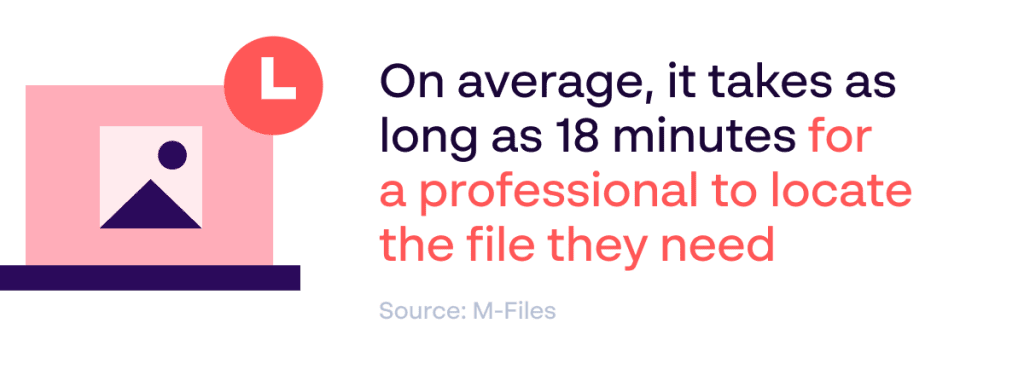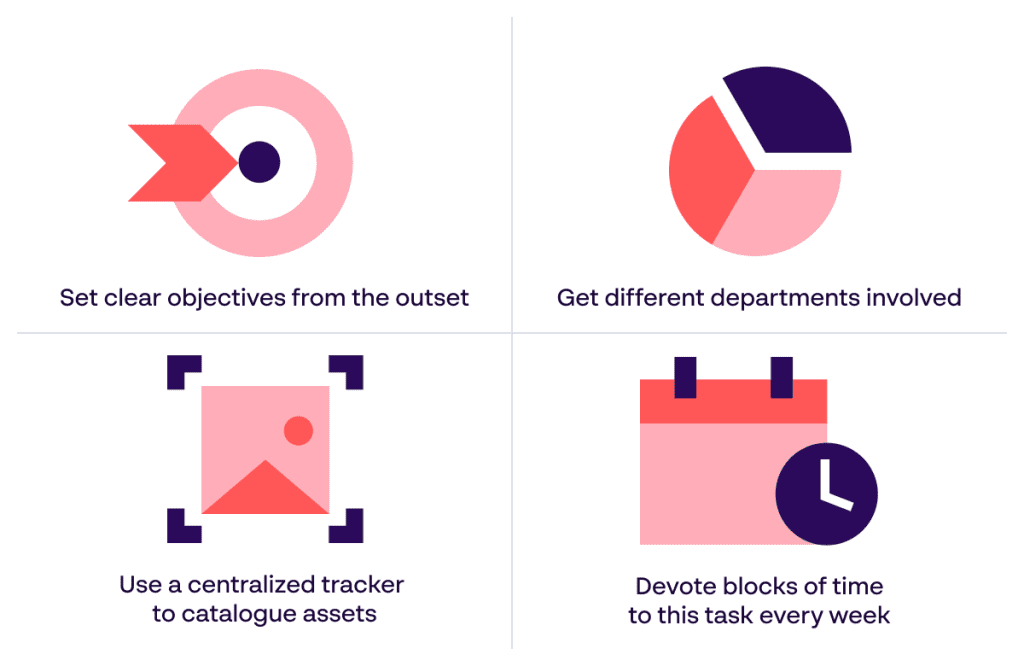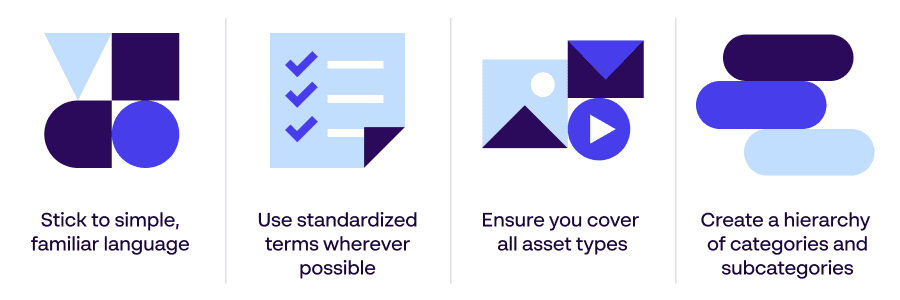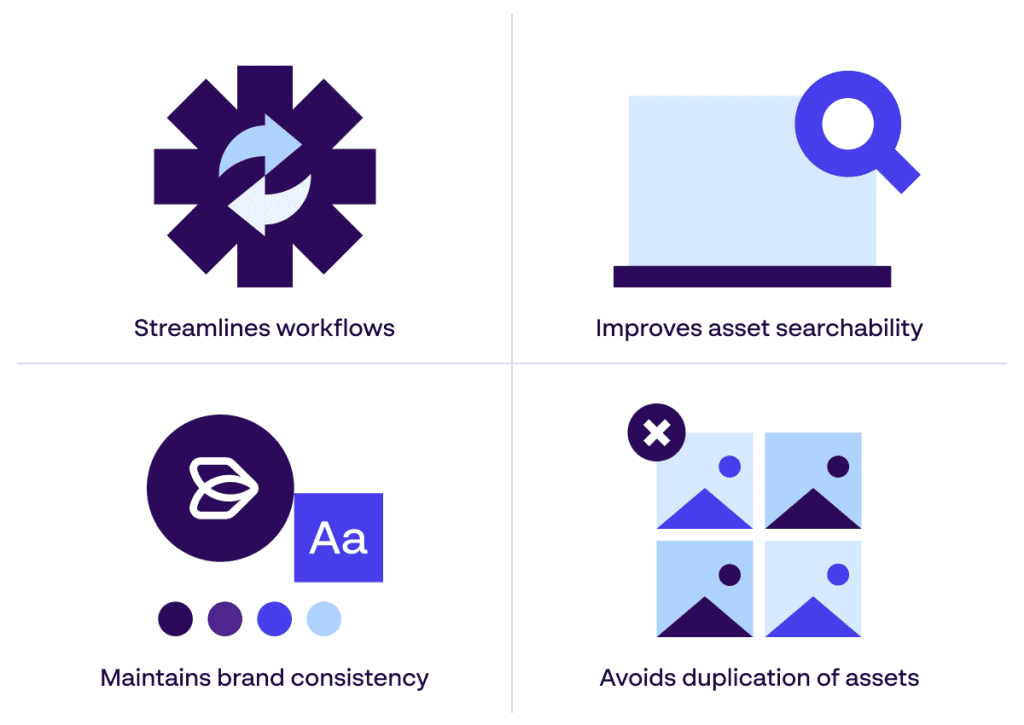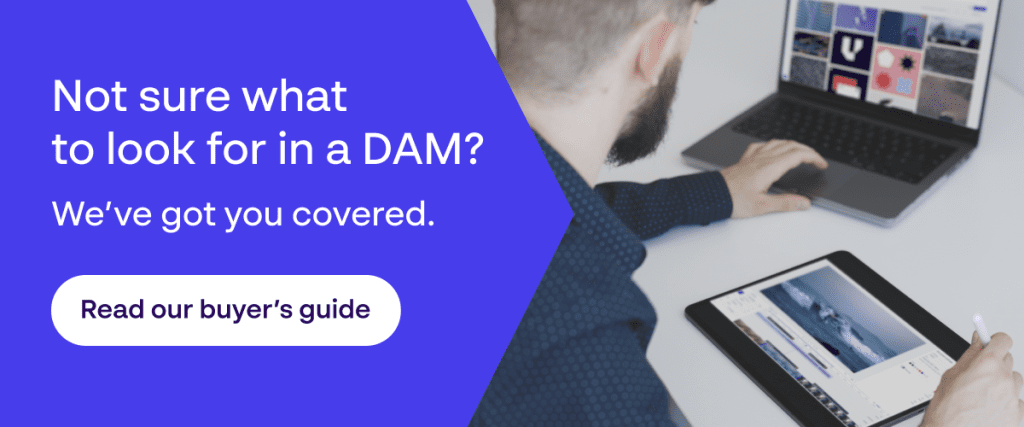The new era of DAM: From archive to action
In the latest Forrester Digital Asset Management Landscape report, released just weeks ago, one trend stood out clearly: DAM is no longer just about storage. It’s about becoming a “command center” for branding and marketing teams.
Papirfly’s Chief Marketing Officer, Stefan Gass, sat down with our Chief Product Officer, Martin Pospíšil, to discuss Forrester’s DAM Landscape insights. Watch below, or read a summary of the conversation in the rest of this article.
As Stefan opened the conversation, he remarked on Forrester’s take that DAM is seeing the current shift as “moving away from static libraries – systems of record – towards systems of action.”
That’s a crucial distinction. For years, DAM has been seen as a secure archive for media files – logos, photos, videos, and brand assets. Today, however, organizations expect more. They need systems that not only organize but also operationalize assets—enabling teams to automate workflows, maintain compliance, and deploy content across global markets at speed.
This evolution reflects a new reality: brands are now powered by data, driven by AI, and defined by experience consistency.
AI-powered DAM’s double‑edged transformation
When asked about AI’s impact, Martin Pospíšil, Chief Product Officer, summed it up perfectly:
“AI changes two things at once. First, it massively increases the volume of synthetic content. And second, as a consequence, it makes brand control much more important than ever.”
Artificial Intelligence has accelerated the creation of content on an unprecedented scale. Yet, with more content comes more complexity. How do teams ensure that what’s being produced—by people or by AI—stays true to the brand?
According to Martin, the answer lies in how DAM platforms operationalize AI:
- Automation that enhances governance, not bypasses it.
- Smart workflows that detect and correct issues, rather than just flagging them.
- Agentic processes that adapt in real time, keeping compliance, creativity, and consistency in balance.
Imagine uploading a new campaign visual that fails a brand compliance check. A future‑ready DAM won’t just raise a red flag—it will explain why, and in time, correct the issue itself.
That’s not replacing human oversight—it’s amplifying it.
The CMO’s take on Forrester’s DAM Landscape insights
As Stefan noted, “Being the brand police doesn’t scale.”
And that’s precisely why modern DAM matters more than ever.
In an era where anyone can create “reasonably good” content, organizations risk losing the single version of truth their brand depends on. A central DAM becomes the definitive source of trust and truth—housing approved brand assets, templates, and content ready for distribution.
Stefan illustrated this with real-world examples from Papirfly’s customers in automotive and franchise industries. Corporate teams define core brand assets, while local partners—dealers, franchisees, or regional marketers—adapt templates for local relevance. The result: speed, consistency, and control.
“They might not be designers or marketers,” Stefan explained, “but they can create sophisticated on-brand materials in a controlled, easy-to-use environment.”
This is where Templated Content Creation—a core capability of Papirfly’s suite—meets Digital Asset Management software head-on. Together, they empower teams across regions to create content on-brand and at scale, without compromising quality or compliance.
How to choose the right DAM in 2025 and beyond
When discussing how to evaluate DAM vendors, Martin emphasized four critical considerations:
- Strategic alignment – The DAM roadmap must evolve with your business goals.
- Proven AI use cases – Look beyond buzzwords for real, operational value.
- Tech ecosystem fit – Seamless integrations with your CMS and marketing stack are non-negotiable.
- User experience – The best DAM is one everyone can actually use—designers, marketers, and non-experts alike.
In short: a DAM should fit your world today and evolve with it tomorrow. Read more in our DAM system buyers’ guide.
From command to control
As Stefan concluded, this new chapter for Digital Asset Management marks a definitive pivot.
“We’re entering the age of the content command center,” he said. “A DAM is no longer just the library—it’s the hub where brand content is commanded, controlled, and distributed.”
The message is clear from Forrester’s DAM Landscape insights: AI and automation aren’t replacing brand governance—they’re reinforcing it. And in a world of endless content, a single source of trust is the new competitive advantage.
Discover the future of DAM
Explore the latest Forrester
Digital Asset Management
Landscape report.
Explore the latest Forrester
Digital Asset Management
Landscape report.
Explore the latest Forrester
Digital Asset Management
Landscape report.
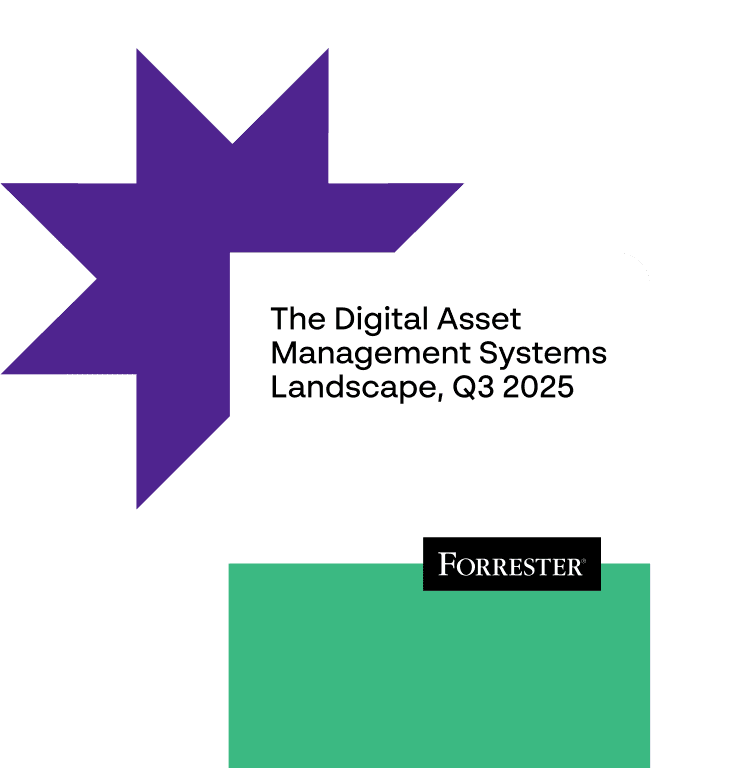
FAQs
It refers to a DAM that not only stores assets but connects them to workflows, approvals, and activation processes across teams and tools.
AI automates tagging, facial and object recognition, brand compliance checks, and even predictive content recommendations—reducing manual work and risk.
As AI-generated content proliferates, a central DAM ensures all assets remain compliant, consistent, and aligned with brand identity.
Papirfly combines Digital Asset Management with Templated Content Creation, as well as other collaboration tools in the Papirfly Suite, enabling on‑brand content creation across global teams while maintaining central governance.


